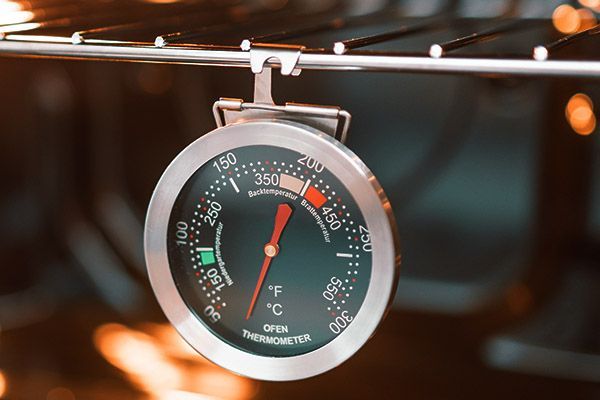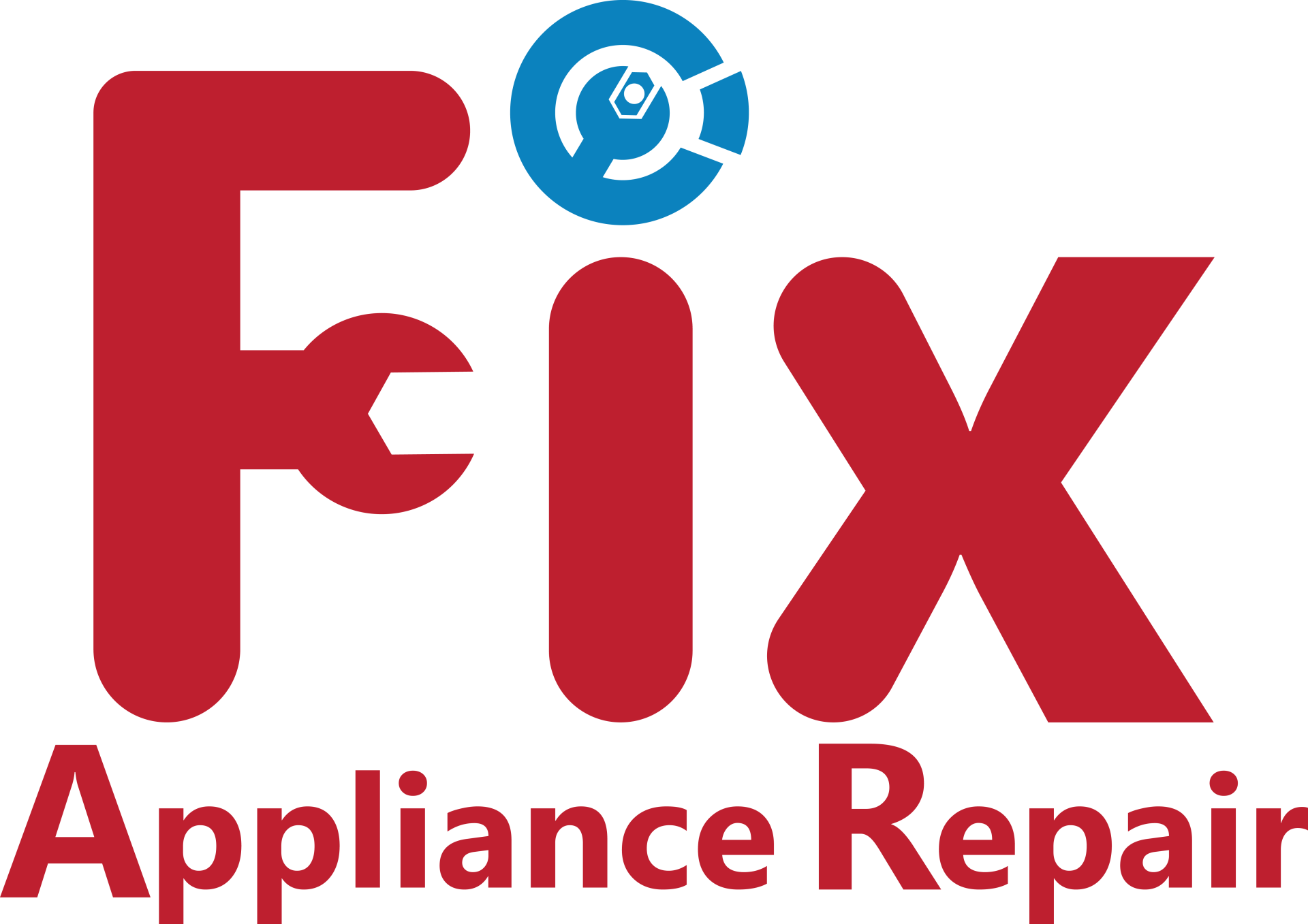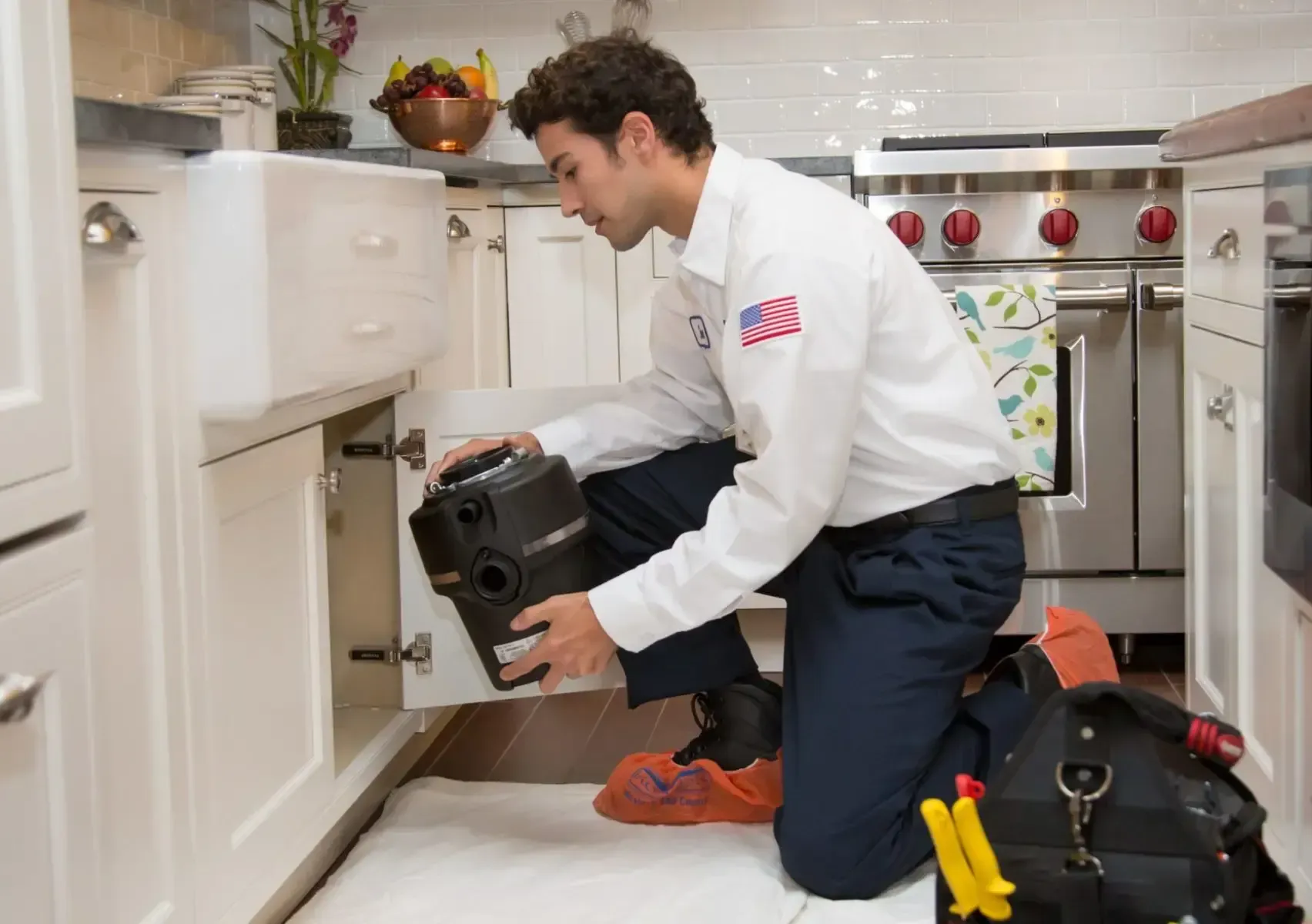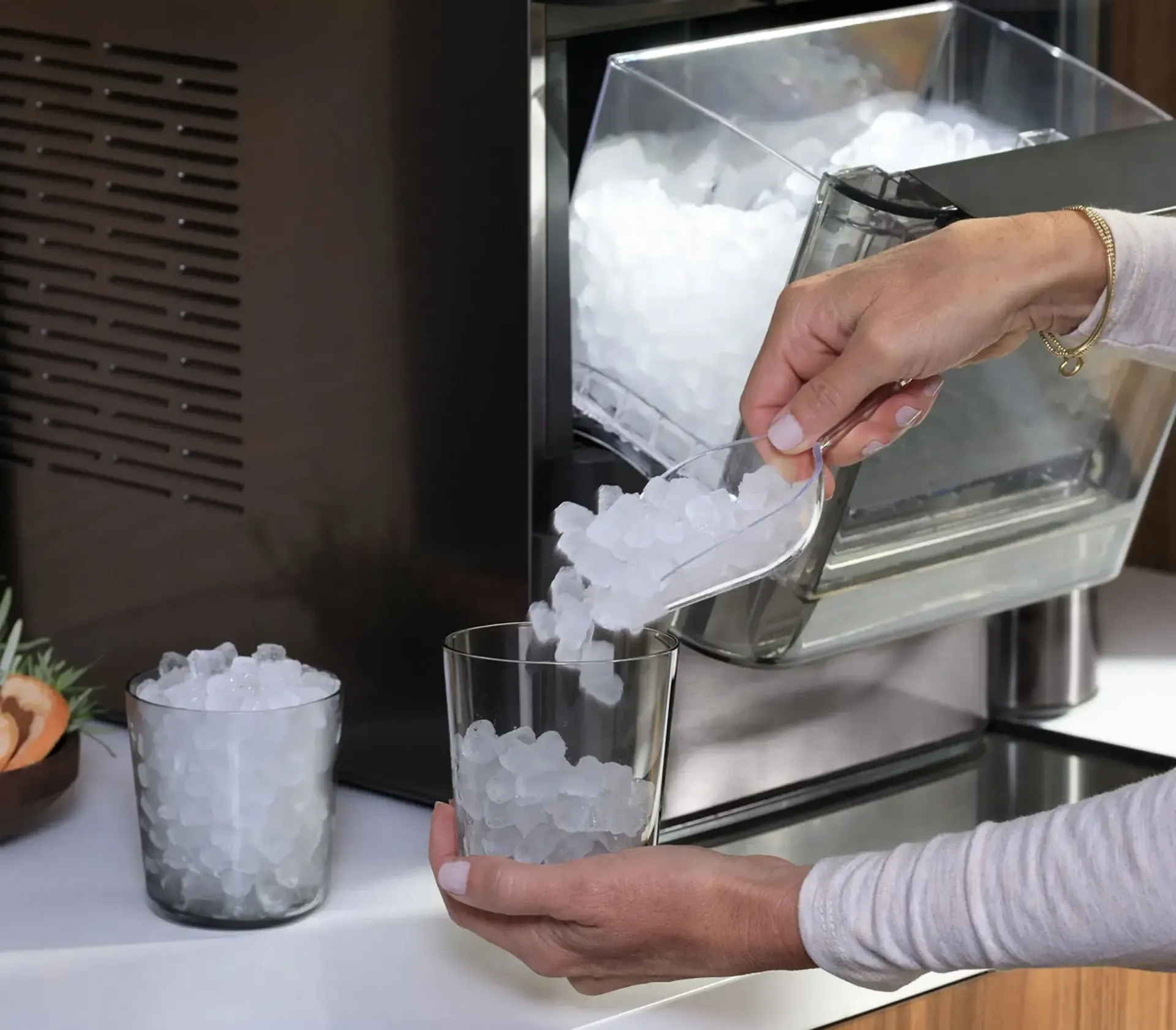There’s nothing more frustrating than a home-cooked meal that doesn’t turn out as expected, especially when the issue lies not with your culinary skills but with your oven. One common culprit is when you find your oven temperature not accurate. It can lead to overcooked or undercooked meals and cause you to question your cooking abilities.
Top Reasons and Fixes for Oven Temperature Not Accurate Issues
The good news is, most oven temperature inaccuracies can be fixed with a bit of troubleshooting. To help you out, we’ll explore some common reasons why you find your oven temperature not accurate and how you can resolve them.
1. Oven Bake Element
How do you fix an inaccurate oven temperature? The first place to look is your oven’s bake element, the metal coil at the bottom of your oven. It’s responsible for most of the heat when baking or roasting. If this component is not heating properly, it’s likely causing your oven’s temperature inaccuracy.
You’ll know your bake element has burned out if you see visible damage, like holes or blisters, or if the element doesn’t glow red when turned on. You can also use a multimeter to test for continuity, a tool most appliance techs have on them. If the bake element is the problem, you’ll need to replace it.
2. Need for Oven Calibration
Oven temperature can fluctuate during the cooking process, which is normal. However, if your oven temperature is off by more than 35 degrees Fahrenheit, it might need recalibration. You can use an oven thermometer to see if the temperature matches the setting.

Want to know, “How do I calibrate my oven temperature sensor?” or, “How do I make my oven temperature accurate?” Recalibrating an oven is a relatively straightforward process, typically involving pressing a combination of buttons on the control panel to adjust the temperature offset. Please refer to your user manual for exact instructions for your specific oven model.
- Adjust the Calibration Dial : If your oven has a calibration dial, you can adjust it by pulling off the temperature knob on the front of the oven. Use a flathead screwdriver to turn the screw located in the middle of the shaft clockwise to increase the temperature or counterclockwise to decrease it. The typical calibration scale is 1 turn = 10 degrees Fahrenheit.
- Adjust Via Digital Control Panel : For newer models, you may need to access the oven’s settings via its digital control panel. Different ovens will have different processes, but typically it will involve pressing and holding certain buttons. For example, you may have to press and hold the ‘Bake’ button for a few seconds until the calibration setting appears. Once in the calibration settings, you can adjust the temperature up or down.
- Verify the Calibration : After you’ve adjusted the calibration, test your oven’s temperature again with the oven thermometer to see if the new settings are correct. You might need to adjust it a couple of times to get it right.
3. Faulty Oven Igniter
In a gas oven, the igniter works to open the gas valve and ignite the gas. When an igniter weakens, it becomes increasingly sluggish in its response time, causing the oven to take longer to open the gas valve and subsequently ignite the gas. Consequently, the oven burner is not ignited promptly, which can result in the temperature inside the oven dropping lower than desired before the burner reignites.
This decreased temperature regulation can significantly impact the quality of your cooking or baking, leading to undercooked or unevenly cooked food. In other words, if your roast chicken or baked goods are not turning out as expected, a weak igniter could be the culprit. You’ll usually need a technician’s help to fix this issue.
4. Burned-Out Broil Element
Similar to the bake element, the broil element can also burn out over time. This component is located at the top of the oven and is the primary heat source for broiling and the secondary heat source for baking and roasting.
Signs of a burned-out broil element include visible damage and food undercooked from the top or food cooked unevenly. If you can’t see the damage, similar to the bake element, the broil element can be tested for continuity with a multimeter and replaced if necessary.
5. Oven Control Board Issues
The oven control board sends voltage to the bake and broil elements, heating the oven to the set temperature. However, if the control board is defective, it might shut off the voltage too early or not at all, leading to an inaccurate oven temperature.
You’ll also likely find your oven not turning on sometimes. To diagnose this, a technician can test the control board and other components connected to the control board. If defective they will need replacing.
6. Inaccurate Temperature Control Thermostat
Wondering, “How do I know if my oven temperature sensor is bad?” The temperature control thermostat monitors the oven’s temperature and cycles on the heat when the temperature drops too low. If it’s not calibrated correctly, it might not turn on the heat at the appropriate time, leading to an inaccurate oven temperature. While the thermostat is a bit complicated to test due to its complexity, it can often be recalibrated or replaced to solve the problem.
If you’re experiencing an issue where you’re finding your oven temperature not accurate, it’s likely due to one of the reasons above. While some fixes require replacement parts, others might just need a bit of fine-tuning. But remember, if you’re not comfortable doing these checks and fixes yourself, it’s best to call a professional for help. And there’s no better repair team than the oven experts at Fix Appliance Repair!



